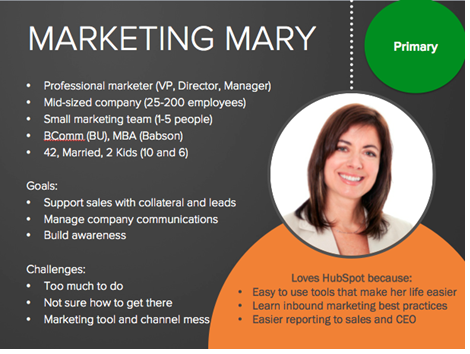May 2, 2024 | Marketing Happiness | SEO Content |
As it becomes more affordable and viable to build large email and direct marketing databases, many of my clients often ask, “what ways can I realistically segment my data?” The manner in which you segment your database plays a critical role into how you message and position your solutions.
While there are many ways to segment your potential target audience, there are two bases that are considered feasible for database marketing – demographic/firmographic and psychographic/social media areas of interest.
This is most widely used method, as it focuses on age, gender, income, and other characteristics of an individual or family. And most data vendors have a wealth of this data in their acquisition files. For B2B providers – this boils down to Firmographics (company size, revenue, industry, etc.). This base is a popular first choice when it comes to narrowing down your target market, not only because it’s easiest to get data that fit this segmentation, but also because it is intuitively logical.
However, Demographic or Firmographic Segmentation alone can be lacking for some vendors – especially those selling online services or complex solutions. Often times, vendors need to overlay another segmentation to determine if contacts are “ready” for their solutions. This level of readiness would be found in “Behavioral” segments.
Though very few database companies include these types of parameters in their databases (some specialty providers do) – it does start to become possible to append data for contacts based on their social media profiles. And, most importantly, you can start to target social media advertisements based on both demographic and areas of interest (which are similar).
This segmentation is mostly about a person’s lifestyle and personality traits, as well as their areas of interest which can often affect buying behavior. Many B2C businesses use this base to target specific types of individuals where demographics fall short.
For example, grocery stores may want to target those interested in healthier or organic food or car companies may want to target consumers who are interested in certain aspects of a car, like luxury, mileage, speed, cost.
For B2B marketers, they use this segmentation to target business decision makers. For instance, technology providers will target the head of the IT department in regard to new technologies and solutions, while a supply store might target the office or operations manager for bulk office items.
Popular email marketing program, MailChimp did research on what effect list segmentation had on email marketing with nearly 9 million recipients. Measuring across all segmented campaigns, they discovered that segmented campaigns performed better than non-segmented campaigns:
Open rates were 14.31% higher with segmented campaigns
The research continued, with results in the above segmentation fields showing marked improvements than non-segmented campaigns, with opens also showing about 14% higher ranking with segmented lists. This shows how targeting and narrowing down your focus can help pinpoint your audience and what they are looking for in your brand services.
One method to narrow this focus is to create a persona – a fictional character that represents your target audience. The image below shows you might go about creating a customer persona –

In the above example, this persona is of a marketing manager. She reports directly to the CEO, while overseeing the company’s sales department. One of her pain points is being overwhelmed with work and not feeling as though she’s able to plan out her day effectively. In this particular case, a brand could see her challenge and solve it with a solution of outsourcing some of her tasks, giving her more time to plan and schedule her day with better efficiency.
Along with the persona, you can also do keyword searches for what your customers are looking for. For instance, if your company sells bicycle technology that helps to tell the rider their speed or how far they’ve traveled, your keywords might be bicycles, fitness, fitness technology, and even FitBit.
The people searching for those keywords are looking for something that will help them keep fit while riding their bikes; you could even try bike exercises to narrow down your target.
In the digital age, consumers and businesses are becoming more invested with the brands they follow on social media, mobile applications, and other online means.
73% of online customers are fed up with irrelevant content
Gone are the days when a business could just throw out their message and hope that it would reach the audience it was targeting; in fact, a recent report stated that 91% of online consumers agree that ads are more intrusive than they were two to three years ago.

Being able to answer or solve a potential consumer’s issues go a long way in not only gaining their trust, but their loyalty when they use more of your services and products, as well as recommending your company to others who might benefit from your services.
It can be a tall order - needing to go through hundreds, even thousands of prospects, within a database, and it may require time away for daily business in order to sort through them. Our data analytics team can sort, clean, and append any prospect database you might have, as well as sourcing new prospects to help grow your business. Contact us today to get started.
Tell us your interests and preferred contact method below. Our team will reach out within 1-2 business days.